AC
- Double Pole, Double Throw
- Wiring the coil
- On AC relay the Hot and Neutral are interchangeable
- Consider the color that you are using
- Make sure that the wire is sized correctly (what the current rating is of the wire)
- Wire to NO and NC.
- You don’t need to wire to both if it is not needed
- Acting as switch
- Make sure when wire to properly torque the connections, and not to allow any fraying of the wire which might cause a short circuit
DC
- Single Pole, Double Throw
- Wiring the coil
- On DC relays, it is important to know that the coil has to be wired in the correct method. They conductors cannot be interchanged.
- Consider the color that you are using
- Make sure that the wire is sized correctly (what the current rating is of the wire)
- Wire to NO and NC.
- You don’t need to wire to both if it is not needed
- Acting as switch
- Make sure when wire to properly torque the connections, and not to allow any fraying of the wire which might cause a short circuit
Transcript:
[0m:4s] Hi I'm Josh Bloom, welcome to another video in the RSP Supply education series. Today we're going to be talking about how to wire a relay. Now, for more information about how a relay actually functions, please see our other videos. We will link in the description below for those.
[0m:18s] For today's purpose we're going to be wiring an AC relay, or that means that the coil is rated for AC voltage. In this case, we have a two pole relay which essentially means we have two separate relays, or each poll allows us to control two circuits.
[0m:38s] Each circuit is either a normally open or normally closed circuit. So, a two pole double throw relay. Again, the double throw means we have both the option for they normally open and normally closed contact.
[0m:52s] So, to wire a relay, there are several different terminations that we need to make.
[0m:57s] We need to terminate to our coil which allows the relay to open and close, we need to wire each pole, the pole being the common wire, and we need to wire to either both or one or the other that normally opened and normally closed side of a contact, in this case, in a double throw relay.
[1m:17s] The first thing we need to wire is the coil. In this case, we have a 120 Volt AC relay. So we need to provide AC power to our coil. In most relays, the coils are going to be labeled A one and A two. In an AC relay, this can be interchangeable. Let me show you how we make this connection. I first take my hot wire I'm going to terminate that into the A one portion of this relay.
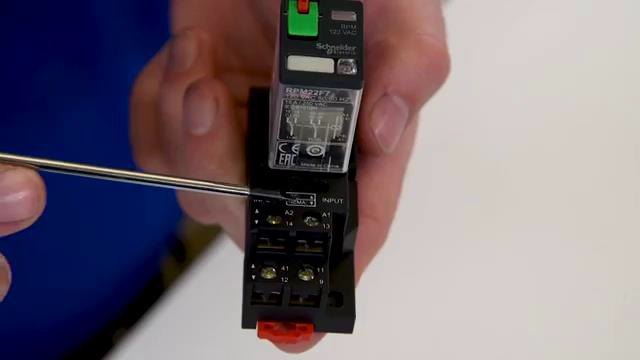
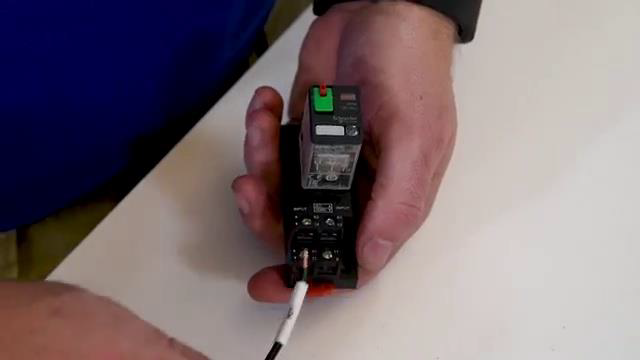
[1m:42s] I will then take my neutral wire and make the connection on the A two portion of the relay.
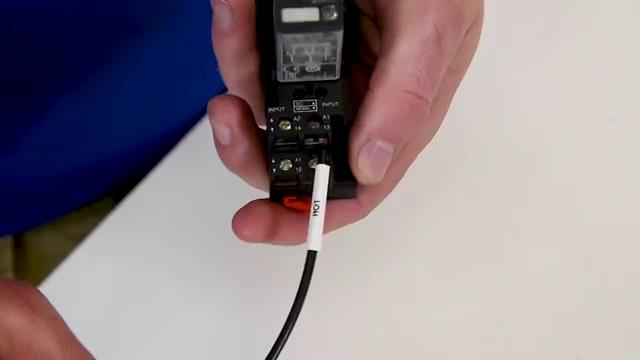
[1m:48s] I now have wired the coil on the relay itself. Again, keep in mind on an AC relay, the neutral and the hot wire can be interchanged.
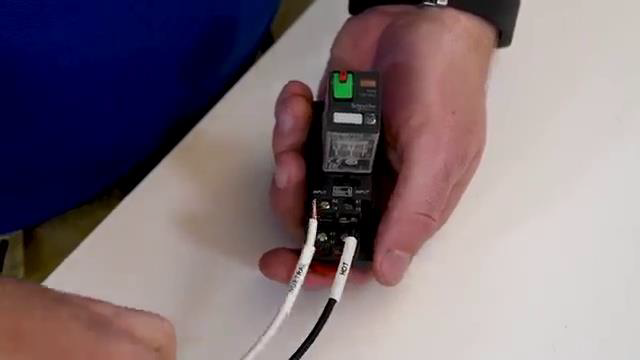
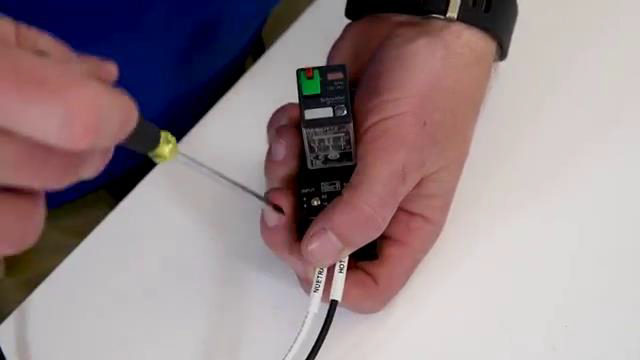
[1m:58s] Next we're going to wire each pole of this double pole, double throw relay. Again, remember each pole acts as kind of its own relay.
[2m:7s] So I will take my common wire for the first pole,
[2m:11s] and make that termination into the proper terminal on my relay. This is typically labeled on the relay. I will then take my next common wire and terminate that into the second pole on this relay.
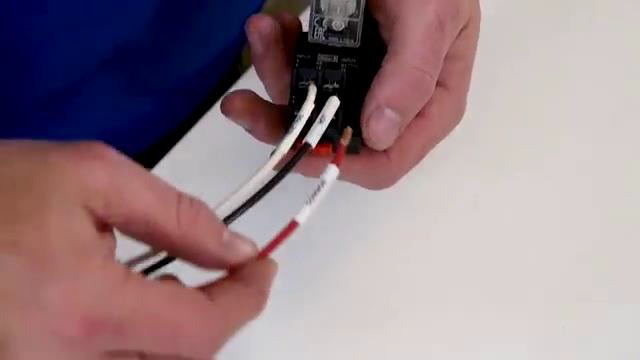
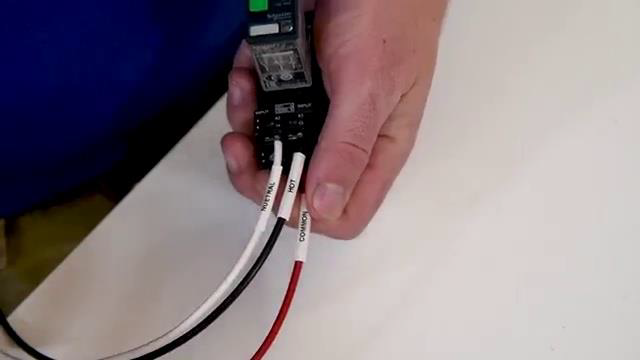
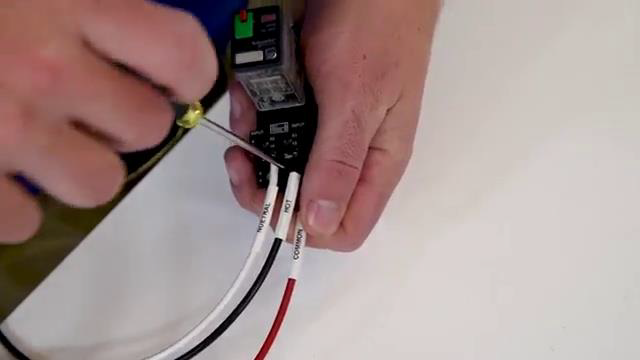
[2m:25s] I now have wired both the coil and each of the poles on my relay. Again, each pole is wired with a common power wire.
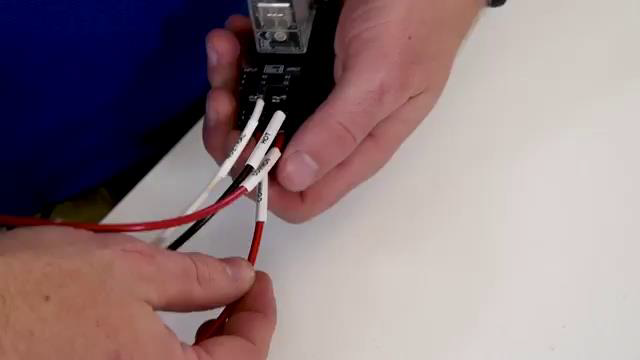
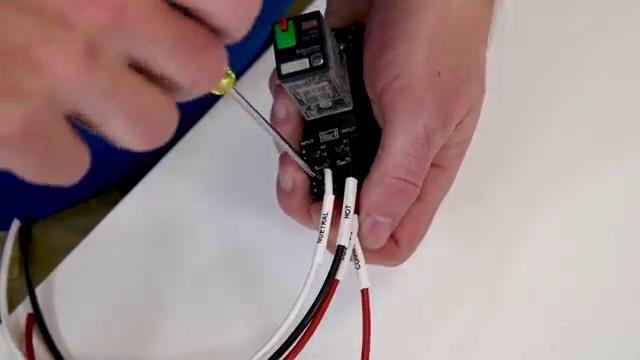
[2m:34s] I now need to wire the contact side of the relay. Again, in this case, we have two poles. Each pole has a normally open and normally closed side of the contact. So, in total with this relay, we have the ability to control four separate circuits.
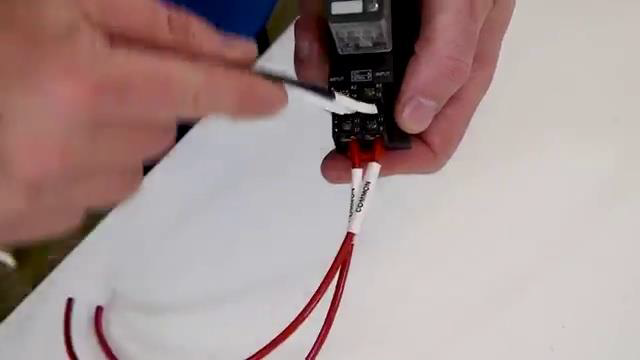
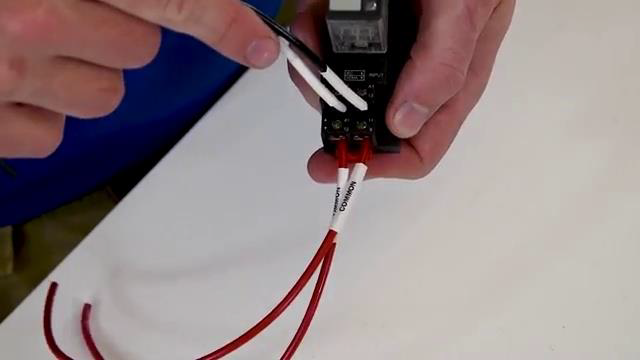
[2m:50s] For today's video I'm going to show you how to wire a normally open contact on one poll and a normally closed contact on the second poll. Again, we can use all four if we need to, but we can use one or the other in any case that we might find necessary.
[3m:7s] So, in order to make this connection,
[3m:9s] I take a wire from my first circuit and wire it into the normally open side of the first pole on my relay.
[3m:17s] Again, this will be labeled on the relay, which terminal is normally open.
[3m:22s] I now have on the first pole my coil,
[3m:26s] my common wire that will send power to my normally open side when the contact is closed.
[3m:32s] So, now we have to wire the normally closed circuit on the second pole.
[3m:38s] So, in this case, we would take another wire for another circuit and we would wire it to the normally closed side
[3m:45s] of our second pole on this particular relay.
[3m:48s] Again, this will be labeled on the relay
[3m:51s] which terminal we need to wire to.
[3m:53s] I have now fully wired this relay with two separate poles. In each pole, I have wired normally open on one and it normally closed on the other. So, here I have my coil with AC power, I have a common wire coming through on the first pole to a normally open contact, which is only energized when the coil is energized,
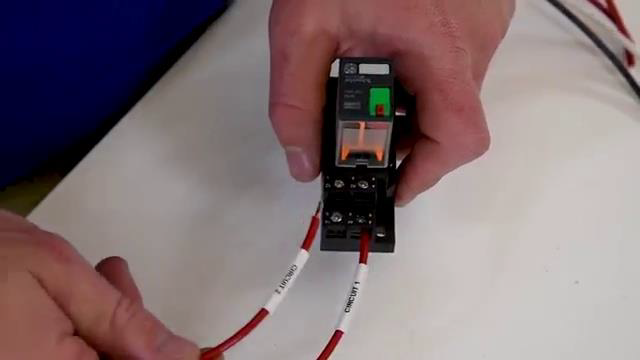
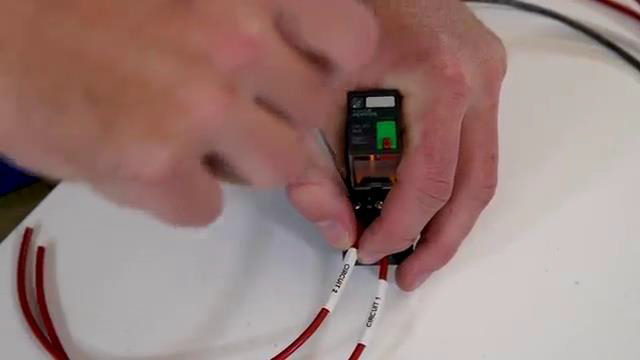
[4m:14s] and I also have another common wire on our second pole,
[4m:18s] which will constantly have power to the normally closed side of that relay until the coil is energized, disconnecting
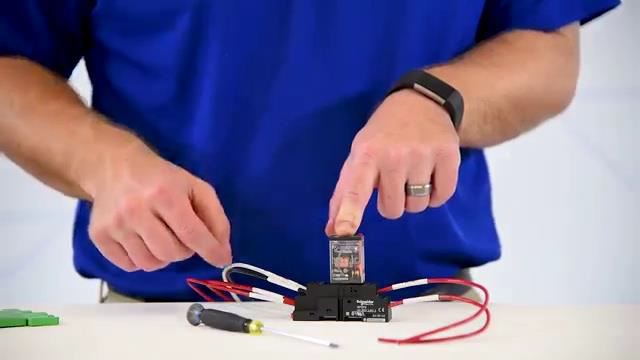
[4m:27s] that contact.
[4m:28s] So, now that we've talked about how to wire this particular relay, which is an AC relay, I want to briefly talk about the differences between wiring a DC relay, which I have here.
[4m:38s] Everything operates exactly the same way when we talk about are normally open and normally closed or the contact side of the relay. Where the difference is coming to play is when we wire up the coil.
[4m:50s] On an AC relay. As I mentioned before we can interchange both the hot and the neutral wire. On a DC relay, we cannot interchange this. We have to use the DC power in the proper spot and we have to use the DC negative in the proper spot. If we don't put these in a proper location the relay will not function properly.
[5m:10s] So let me show you really fast how we actually do this. Here I have a DC positive wire, and on the relay, it specifically indicates the positive side of a contact. It lists here A one positive, so I will put my DC positive wire into that particular terminal.
[5m:27s] Now, I take my DC negative wire and wire it into A two. and in this case, it is labeled A two negative.
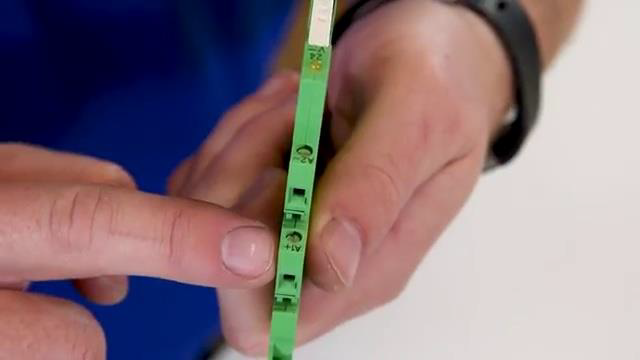
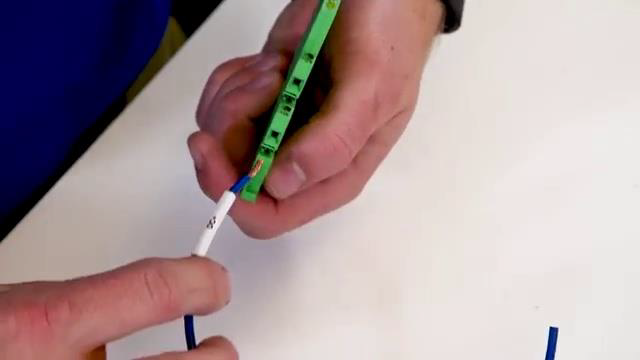

[5m:35s] I make that termination and the DC relay will now function properly.
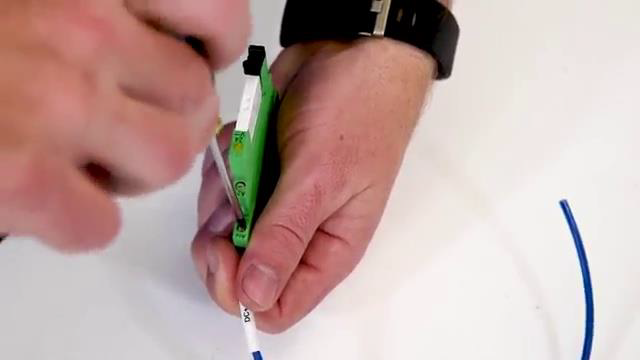
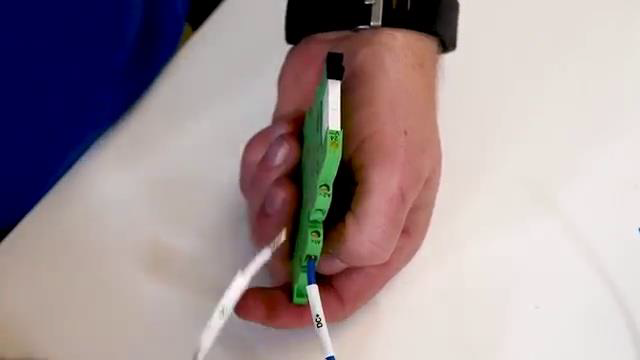
[5m:40s] So, to quickly recap, when wiring a relay, the coil is going to typically be our lower voltage side of the relay. This can be either both AC or DC power. Keep in mind when it's AC power, the hot and neutral can be reversible. When it's DC power, we have to terminate DC positive in the proper spot and DC negative in the proper spot. Also, we need to wire up the pole or common side of our relay.
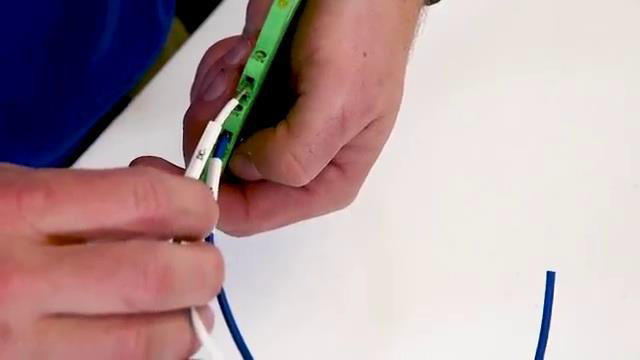

[6m:7s] And lastly, we need to wire up the throw, or contact side of our relay. In this case, we had a double throw relay which gives us the ability to wire both a normally open
[6m:18s] and normally closed contact.
[6m:20s] So again for more information on the proper function of a relay, please see our other videos which we will link in the description.
[6m:27s] For a full line of relays or thousands of other products, please go to our website. For more information or other educational videos, please go to RSPSupply.com, the Internet's top source for industrial hardware. Also, don't forget: like and subscribe.



